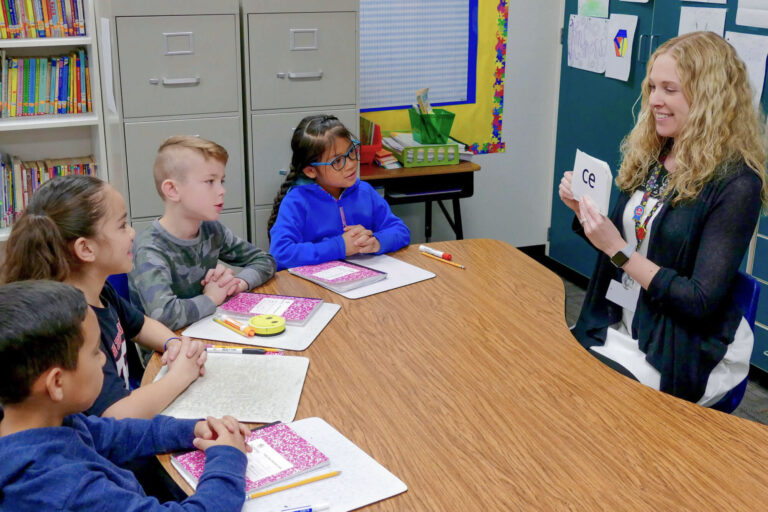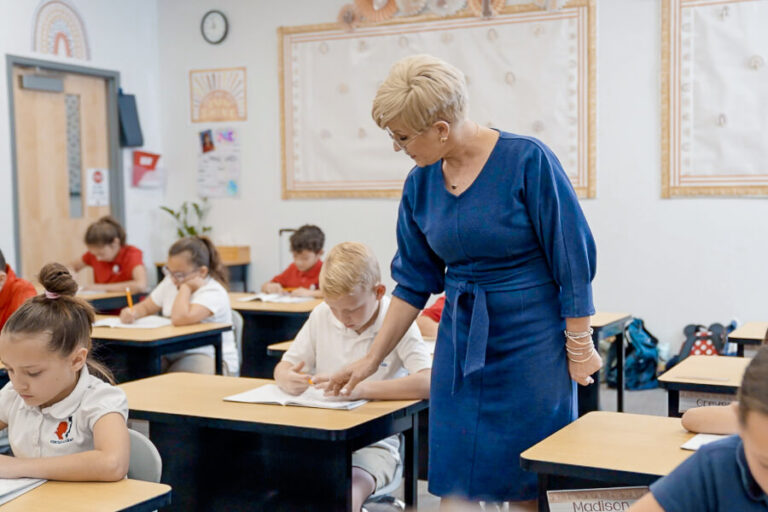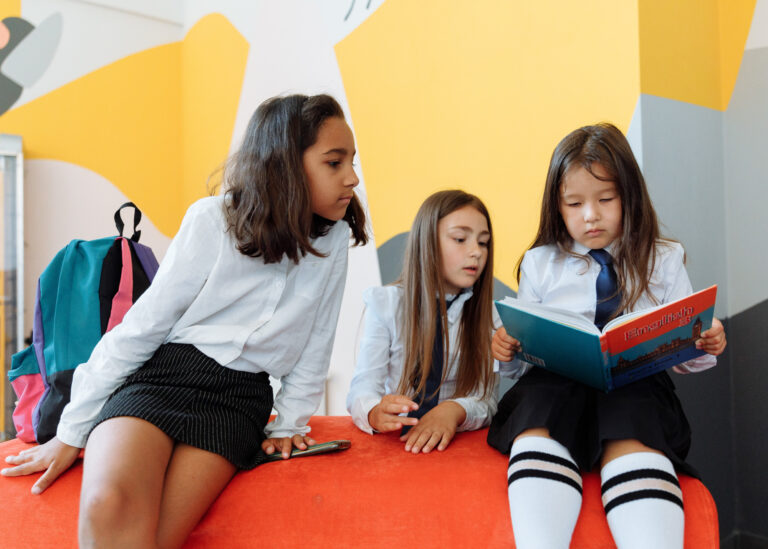THE SPALDING METHOD® is explicit.
Spalding combines an educational philosophy with a methodology consisting of time-tested principles of learning and instruction that are applied across the curricula.
Explicit


Interactive
Continually engage with students in dialogues and activities to ensure that everyone participates. Ask questions that test their knowledge, understanding, and ability to use higher-level thinking (e.g., applying, reasoning, analyzing, and evaluating).
Guide and prompt as students attempt each task, continue to provide support as needed, and withdraw assistance when students can perform independently.
Diagnostic
Observe each student’s progress and adjust to meet their individual needs. Daily diagnosing by asking higher-level questions helps recognize the students’ understanding level. Identify children who need extra help in small groups and those who will need a challenge.


Sequential
Divide each task into parts, teach them sequentially from the most simple to the most complex, explain each step, and build on the previous lessons across all grade levels.
Multi-Sensory


Integrated
Reinforce the connection between speaking, writing, and reading. Analyze with your students the pronunciation and spelling rules of high-frequency words, so they can better comprehend the structure of the language. Students learn to apply their new language arts skills in other subjects enabling them to become critical thinkers and lifelong learners.
THE SPALDING METHOD® Philosophy & Methodology
Spelling
- Phonemic Awareness
- Systematic Phonics
- High-Frequency Vocabulary
Reading
- Literacy Appreciation
- Systematic Text Structures
- Mental Actions
Writing
- High-Frequency Vocabulary
- Sentence Construction
- Compositions

Research Domains
- Principles of Reading Process
- Principles of Reading Development
- Principles of Skill Learning
- Principles of Effective Instruction